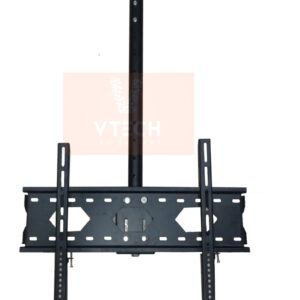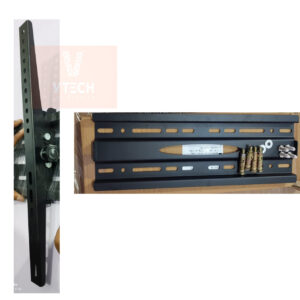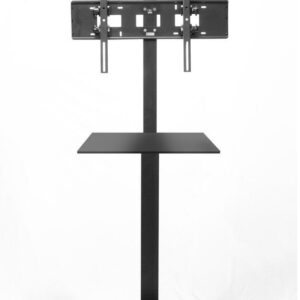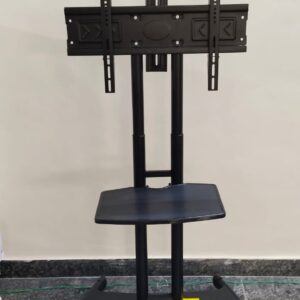When looking for a TV stand, there are several factors to consider to ensure it meets your needs and fits your space. Here are some key aspects to think about:
### 1. Size
– **TV Size Compatibility**: Ensure the stand can support the size and weight of your TV. It’s typically recommended that the stand is wider than the TV.
– **Room Space**: Measure the area where you plan to place the stand to ensure it fits well without overwhelming the space.
### 2. Storage
– **Shelves and Cabinets**: Look for stands with additional shelves or cabinetry for storing media devices, games, DVDs, and decor items.
– **Cable Management**: Many stands include systems to hide and organize cables, giving a cleaner look.
### 3. Style
– **Design**: Choose a style that complements your room’s decor, whether it’s modern, rustic, industrial, or traditional.
– **Material**: Common materials include wood, metal, and glass. Each has its aesthetic and level of durability.
### 4. Height
– **Viewing Height**: The height of the stand should align with your eye level when seated for optimal viewing comfort.
### 5. Functionality
– **Mobility**: Consider a TV stand with wheels if you need to move it often.
– **Multi-functionality**: Some stands can serve as media centers with additional features, like built-in speakers or storage for gaming consoles.
### 6. Assembly
– **Ease of Assembly**: Check if the stand requires assembly and how complex that process might be.
### 7. Budget
– **Price Range**: Determine your budget beforehand. TV stands can range from affordable options to high-end designs.
### Popular Styles
– **Mid-Century Modern**: Features tapered legs and a minimalist design.
– **Farmhouse**: Rustic wood, often with distressed finishes and open shelving.
– **Contemporary**: Sleek lines, often combining materials like metal and glass.
– **Entertainment Center**: Larger, more comprehensive setups might include space for a TV, games, and other electronics.
-
- Sale!
- Display Ceiling Mount Bracket, Display Ceiling Mount with Fixed Arms
Display Ceiling Mount Kit for 32-to-65-inch Model: VTM-DCMK-46F6F
- Original price was: $3,500.00.$2,500.00Current price is: $2,500.00.
- Add to cart
-
- Sale!
- Display Floor Stand TV Trolley
Display Floor Stand TV Trolley for 32 to 65 inch Mode: VTM-TT-002
- Original price was: $9,500.00.$5,500.00Current price is: $5,500.00.
- Add to cart
-
- Sale!
- Display Wall Mount Bracket, Display Wall Mount Fixed
Display Wall Mount Fixed for 32 to 65 inch Model: VTM-WMK-44F
- Original price was: $1,800.00.$1,200.00Current price is: $1,200.00.
- Add to cart
-
- Sale!
- Display Wall Mount Bracket, Display Wall Mount Tilt Bracket
Display Wall Mount Kit Up Down Tilt for 32-to-65-inch Model: VTM-WMK-44T
- Original price was: $1,850.00.$1,500.00Current price is: $1,500.00.
- Add to cart
-
- Sale!
- Display Wall Mount Bracket, Display Wall Mount Tilt Bracket
Display Wall Mount Kit Up Down Tilt for 32-to-75-inch Model: VTM-WMK-64T
- Original price was: $2,100.00.$1,650.00Current price is: $1,650.00.
- Add to cart
-
- Sale!
- Display Floor Stand TV Trolley
Dual Display Floor Stand TV Trolley Model : VTM-TT-100DL
- Original price was: $30,000.00.$22,500.00Current price is: $22,500.00.
- Add to cart
-
- Sale!
- Display Floor Stand TV Trolley
TV Floor Trolley Panel Stand for 32 to 75 inch display Model: VTM-TT-075
- Original price was: $18,000.00.$12,500.00Current price is: $12,500.00.
- Add to cart
-
- Sale!
- Display Floor Stand TV Trolley
TV Trolley for 37-to-75-inch Display Model VTM-TT-007
- Original price was: $6,500.00.$6,000.00Current price is: $6,000.00.
- Add to cart
-
- Sale!
- Display Floor Stand TV Trolley
Vtech-Height Adjustable Mobile TV Cart for 32″ to 70″ Model: VTM-TT-004
- Original price was: $11,500.00.$9,500.00Current price is: $9,500.00.
- Add to cart












